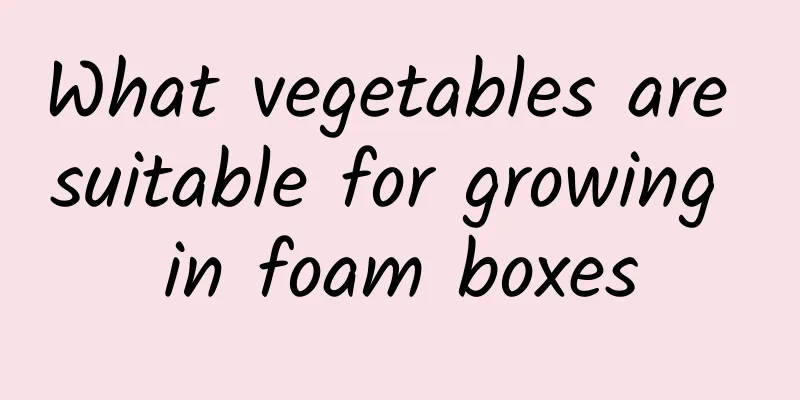The growth environment and local conditions of forage grass

The growth environment and conditions of forage grassForage is mainly grass or other herbaceous plants used to feed livestock. There are many varieties of forage, but when choosing forage, you can choose the planting method and type of forage to plant according to the local climate and growth environment. It can be planted in many areas of my country. Forage growing conditionsForage grass is suitable for growing in humid, semi-humid subtropical and temperate climates. Low precipitation is not suitable for forage grass growth, and cold and humid climate is also not suitable for forage grass growth. A warm and humid environment must be provided. Grass growing temperature1. Cool-season forage grasses have strong cold resistance, and the optimal growth temperature for most cool-season forage grasses is 15 to 25°C. 2. Most warm-season forage grasses have relatively poor cold resistance and can generally withstand temperatures as low as -5°C. The optimum growth temperature is generally between 25°C and 35°C. 3. In addition to cold-type forage and warm-type forage, there are some forages that have strong heat and cold resistance. For example, alfalfa, which is very nutritious and has a relatively large planting area in northern my country, has an optimal growth temperature of about 5 to 35 degrees Celsius. The growth process of forage grass1. Mexican corn has a growing period of about 180-240 days, which means it can be harvested after 6 to 8 months, but its yield is very high, reaching 5-10 tons per acre. The yield is very high and can be stored as dry feed when there is a shortage of feed in winter. 2. The harvesting time of some forage grasses is particularly short. For example, moisturizing grass, sweet elephant grass, and king grass can be harvested once a month. The first one is king grass. This kind of forage grass is suitable for raising cattle, and cattle require a relatively large amount of feed, so the harvesting cycle is shorter to meet the needs of cattle. At the same time, fresh forage grass has good palatability, rich nutrition and high yield. 3. Therefore, the harvesting time of forage grass is determined by the variety of forage grass. Each type of forage grass is different. For example, alfalfa can be cultivated and harvested all year round, and the cycle is relatively short. Time and method of forage plantingPlanting time: 1. Suitable forage grasses to plant in spring include alfalfa, ryegrass, king grass, white clover, red clover, etc. These varieties will have a higher germination rate and vigorous growth when sown in spring. 2. In summer, you should choose forage grasses that are resistant to waterlogging, such as bittercress, sorghum, Sudan grass, sweet elephant grass, etc. They can be planted in summer and can adapt to high temperature and rainy climates. 3. There are many forage grasses that can be planted in autumn, including ryegrass, sweet clover, alfalfa, Astragalus membranaceus, Rumex, clover, white clover, etc. 4. Although winter is cold, some forage grasses can be planted and survive, such as winter ryegrass, king grass, Russian fodder grass, Rumex, etc., which can be planted in winter. Planting method: 1. Remove soil compaction: To remove the compacted layer, you can use a short-toothed harrow to lightly harrow the ground, spray some water, break up the compaction, and help the grass seedlings emerge and survive. 2. Weed control: Before sowing forage grass, the land should be prepared carefully and tilled with a tractor equipped with a short-toothed harrow or a tillage harrow, or manually with a hoe, to clean up weeds, debris, and stumps of pests and diseases in the soil to reduce the spread of bacteria. Tillage and weeding are best carried out from the time seedlings emerge to the time when the ridges are closed. 3. Field irrigation: The irrigation water for forage, like the irrigation water for ordinary farmland, must comply with the national irrigation water standards and use a clean water source. 4. Pest and disease prevention: Pest and disease prevention should be carried out in a timely manner during the growth period of forage. First of all, we should choose forage with good disease and pest resistance. The soil needs to be disinfected in advance. Once large-scale pests and diseases occur, they must be dealt with quickly. All low-toxic, low-residue green prevention and control methods such as biological preparations, botanical pesticides, physical prevention and control, and ecological management should be used for control. |
<<: The growth environment and local conditions of red spider lily
>>: Orange's growing environment and local conditions
Recommend
What flowers are suitable for community greening? What flowers and plants are suitable for community greening?
What flowers are suitable for community greening?...
What are the plants in the sea?
1. Algae 1. Green algae: Its algae body is grass ...
Four seasons maintenance methods of Christmas cactus
1. Spring maintenance It should be repotted once ...
Does gladiolus prefer shade or sun?
Does gladiolus prefer shade or sun? Gladiolus is ...
What size bowl is suitable for peach eggs
1. Deep Basin If the flowerpot is deeper, the soi...
Is the Begonia a shade or sun-loving plant?
Begonia prefers shade or sun? Begonia is a sun-lo...
Can peas be grown hydroponically? Is hydroponics better or soil cultivation better?
Can peas be grown hydroponically? Peas can be gro...
What kind of tree is good for Feng Shui behind the house (What kind of tree is the most prosperous and feng shui in the courtyard)
According to the old proverb "Locust trees i...
What flowers are suitable for growing in Shenzhen? What are the city flowers and trees?
1. Shenzhen’s climate characteristics Shenzhen ha...
How to propagate ginger
Root division propagation of Ginger The root divi...
Steps and methods of hydroponic soybean cultivation Detailed steps of hydroponic soybean seedlings
The method of hydroponically growing soybeans is ...
Can flowers and plants be watered with Coca-Cola? Benefits and methods of watering flowers with Coca-Cola
Can flowers and plants be watered with Coke? Coca...
Can loquats be planted?
1. Can it be planted? Loquats can be grown. After...
How to deal with lisianthus after flowering
Treatment after flowering of eustoma If the nutri...
What are the cultivation methods and precautions of Japanese crabapple
Japanese Begonia Cultivation Method Japanese crab...









